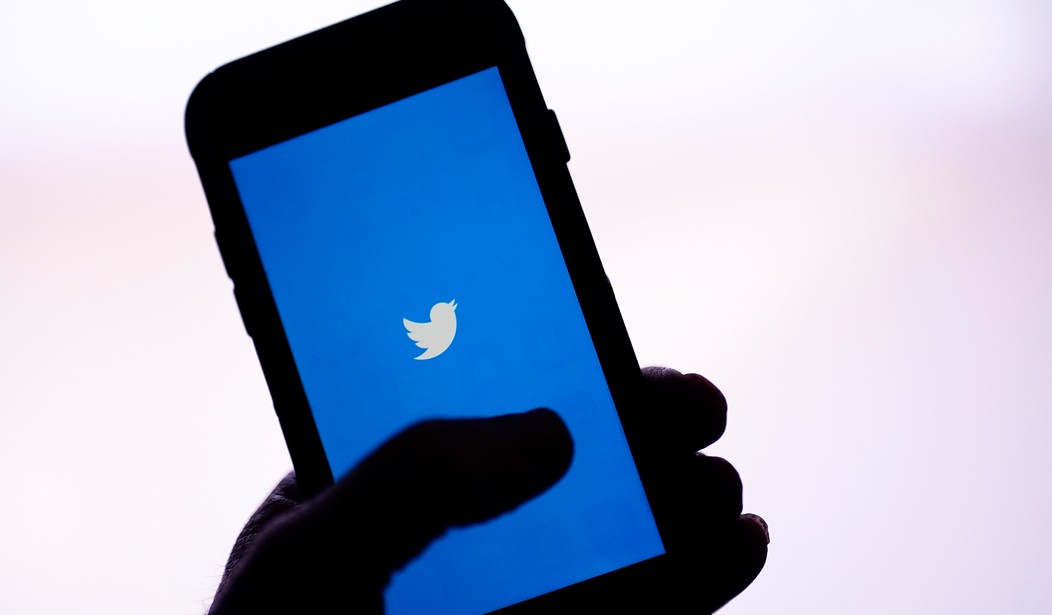Matt Taibbi provides more disturbing evidence of how extensive the government’s desire and the outlets’ cooperation were to kill accurate information.
Matt Taibbi has just posted the latest batch of internal messages from the social media giant: The Twitter Files #19. This latest release comes just after he and Michael Shellenberger made an appearance before a House Committee regarding the activities at Twitter, and the contentious attitudes and belittling of these reporters by certain House members on March 9 are made even clearer as a result.
1.TWITTER FILES #19
The Great Covid-19 Lie Machine
Stanford, the Virality Project, and the Censorship of “True Stories” pic.twitter.com/v41dyC26ZR— Matt Taibbi (@mtaibbi) March 17, 2023
These latest revelations lay out cleanly the organized effort that took place to manage and control the pandemic-related messaging on social media, and the widespread agreement of those platforms. What is striking is just how extensive this plan was and the manner in which all of the various entities involved worked in concert to smother discourse that even those involved acknowledged was accurate.
Stanford University served essentially as the information hub, under the banner of “The Virality Project.” This enterprise was fed voluminous amounts of posts — numbering into the billions — that came from government agencies and social media platforms. They were flagging posts that dealt with questions about the vaccines, Senator Rand Paul’s comments on natural immunity, and even people telling or sharing what were labeled “worrisome jokes.” This shows how extensive their net was and how fine their information filter was set.
3.“Reports of vaccinated individuals contracting Covid-19 anyway”; “natural immunity”; suggesting Covid-19 “leaked from a lab”; even “worrisome jokes”: pic.twitter.com/CM5THKGYRu
— Matt Taibbi (@mtaibbi) March 17, 2023
The Virality Project (VP) stated it was even flagging posts and content it admitted were accurate because the nature of these posts was deemed either dangerous or running counter to desired government efforts. These were flagged even as they were said to harbor “true content,” and as a result, they came up with a new designation: Instead of “disinformation,” these flagged posts were dubbed “malinformation” because the factual content could lead to vaccine hesitancy.
5.Just before @ShellenbergerMD and I testified in the House last week, Virality Project emails were found in the #TwitterFiles describing “stories of true vaccine side effects” as actionable content. pic.twitter.com/dKxTnxDc3a
— Matt Taibbi (@mtaibbi) March 17, 2023
Another reason this type of action was so disturbing is that it involved so many entities which normally would not be so cooperative. As Taibbi points out, many of those participating in this project are normally working in their self-interest. But these were corporate rivals joining together. More than just Twitter, the Virality Project also involved Google/YouTube, Facebook, Instagram, Medium, TikTok, and Pinterest. These competitors were banding together under the guidance of the government and managed by Stanford to deliver an approved and homogenized narrative on their platforms.
The VP managed to both narrow its acceptable guidelines (from flagging opinions down to determining which facts were acceptable) and in turn broaden what would become flagged as misinformation. The entire goal was to preserve the governmental narrative. People expressing concerns over vaccine passports, for example, were cited because these concerns could then lead to vaccine hesitancy.
Factual issues with one vaccine — from AstraZeneca — were squelched because it could lead to people casting doubts on other vaccines. This was the move to kill off possibly important health information, accurate information that could have impacted individuals. But because the broader narrative could have been threatened, this accurate information was targeted to be censored. This meant that even the New York Times came under the focus of the VP.
16.VP routinely framed real testimonials about side effects as misinformation, from “true stories” of blood clots from AstraZeneca vaccines to a New York Times story about vaccine recipients who contracted the blood disorder thrombocytopenia. pic.twitter.com/EJ9hxLkMI2
— Matt Taibbi (@mtaibbi) March 17, 2023
This policing of the language by the VP was so militant that factual news items would be flagged if the people who were mentioning those valid reports were doing so to promote the wrong narrative. Given as an example was the case of an elderly woman who became vaccinated and then soon after passed away. This was an entirely accurate and media-reported event, but because too many people sharing it or commenting on it were considered “anti-vax,” then the factual news story became labeled as misinformation.
The VP also began cataloging notable accounts that routinely put out information of which they disapproved, and thus rather than citing their specific posts which were problematic, the account itself would be declared a misinformation source. Robert F. Kennedy Jr. was one such individual who fell into their category of “Known Repeat Offender.” So rather than flagging particular comments, Kennedy, and numerous others, were deemed to be wrong, just on the basis of who they are.
Stanford was growing in its confidence as the VP continued. Not only was it making more determinations and expanding its qualifications for “misinformation,” it soon became more proactive in this arrangement and began coaching the government. At one point the VP was advising the DHS to begin undertaking particular initiatives to combat rumors and disapproved narratives that were spreading nationwide. Immediately after was when Alejandro Mayorkas announced the formation of the ridiculed DIsinformation Governance Board.
28.After about a year, on April 26, 2022, the VP issued a report calling for a “rumor-control mechanism to address nationally trending narratives,” and a “Misinformation and Disinformation Center of Excellence” to be housed within CISA, at the Department of Homeland Security. pic.twitter.com/YmWQtZmoL3
— Matt Taibbi (@mtaibbi) March 17, 2023
Things took on a true Orwellian nature when we see one of the avenues of investigation. The VP began seeking out those who were commenting on the possibility of a “surveillance state.” This becomes the darkest of ironies; an established shadow project overseen by the government was trying to ferret out those suggesting there was a government-operated shadow project.
https://t.co/ZJFh45HlyD a chilling irony, the VP ran searches for the term “surveillance state.” As an unaccountable state-partnered bureaucracy secretly searched it out, the idea that “vaccines are part of a surveillance state” won its own thoughtcrime bucket: “conspiracy.” pic.twitter.com/KTJpzIBspx
— Matt Taibbi (@mtaibbi) March 17, 2023
What becomes disturbingly clear is that this was an operation intent on enforcing true censorship, and it originated within our federal government. Throughout the examples Taibbi provides, you see it mentioned by those involved that information they were targeting was factual and true – and even as was seen, frequently the VP was itself factually inaccurate.
It flagged as false the now-proven fact that those vaccinated can still contract COVID (our frequently-infected President Jose Biden is a testament.) The Wuhan lab leak story has now become certified. People punished for expressing concerns over governments issuing vaccine passports were proven to be accurate.
The most ominous aspect in all of this is the repeated assertion of facts which then must be stifled. Without any public knowledge, we had an extensive enterprise with numerous power centers working together to control the approved messaging. The underlying reality is that facts were frequently pushed aside because those were details interfering with the government messaging. The release of Dr. Anthony Fauci’s emails was cited by Graphika as an example of how this release of information undermined authorities.
32. One of its four core partners, Pentagon-funded Graphika, explained in a report about “Fauxi” that because the public cannot be trusted to make judgements on its own, it must be shielded from truths that might undermine its faith in authority. pic.twitter.com/myoTkIysNW
— Matt Taibbi (@mtaibbi) March 17, 2023
All of this displays a disturbing level of thought control by government entities, and it explains so much about the hostility visited upon Taibbi and Shellenberger when they sat before the House committee. The Twitter Files continue to expose the level this federal government was willing to go to control what people were permitted to say on social media and the broader news outlets. The Democrats who lashed out at these reporters were angered that their control was being exposed in an Oz-like fashion, and their authoritarian desires are being threatened.
This is how you know they have been caught. The revelation of facts and the act of opening up information has the politicians, the social media platforms, and the compliant journalism outlets seething. The people who call for transparency and the news divisions that normally love whistleblowers are united in their disdain for these details going public. Like vampires in sunlight, they are recoiling at the facts shining down on them.
The opinions expressed by contributors are their own and do not necessarily represent the views of RedState.com.
Editor’s Note: An earlier version of this story incorrectly referred to Robert F. Kennedy Jr. as Senator Robert Kennedy. We apologize to our readers for this error.















Join the conversation as a VIP Member